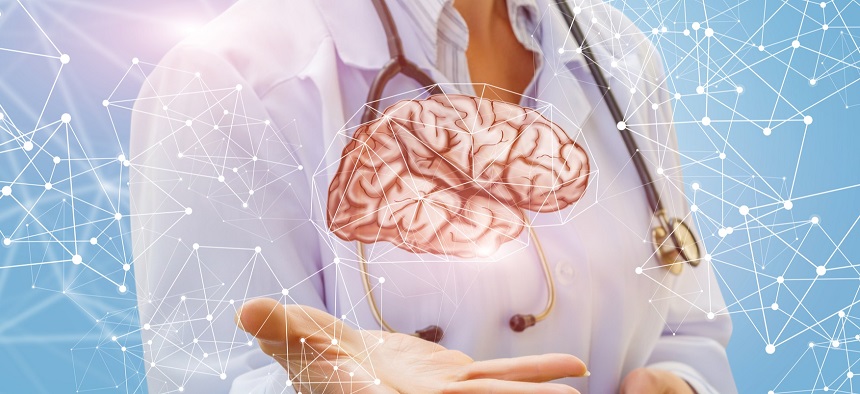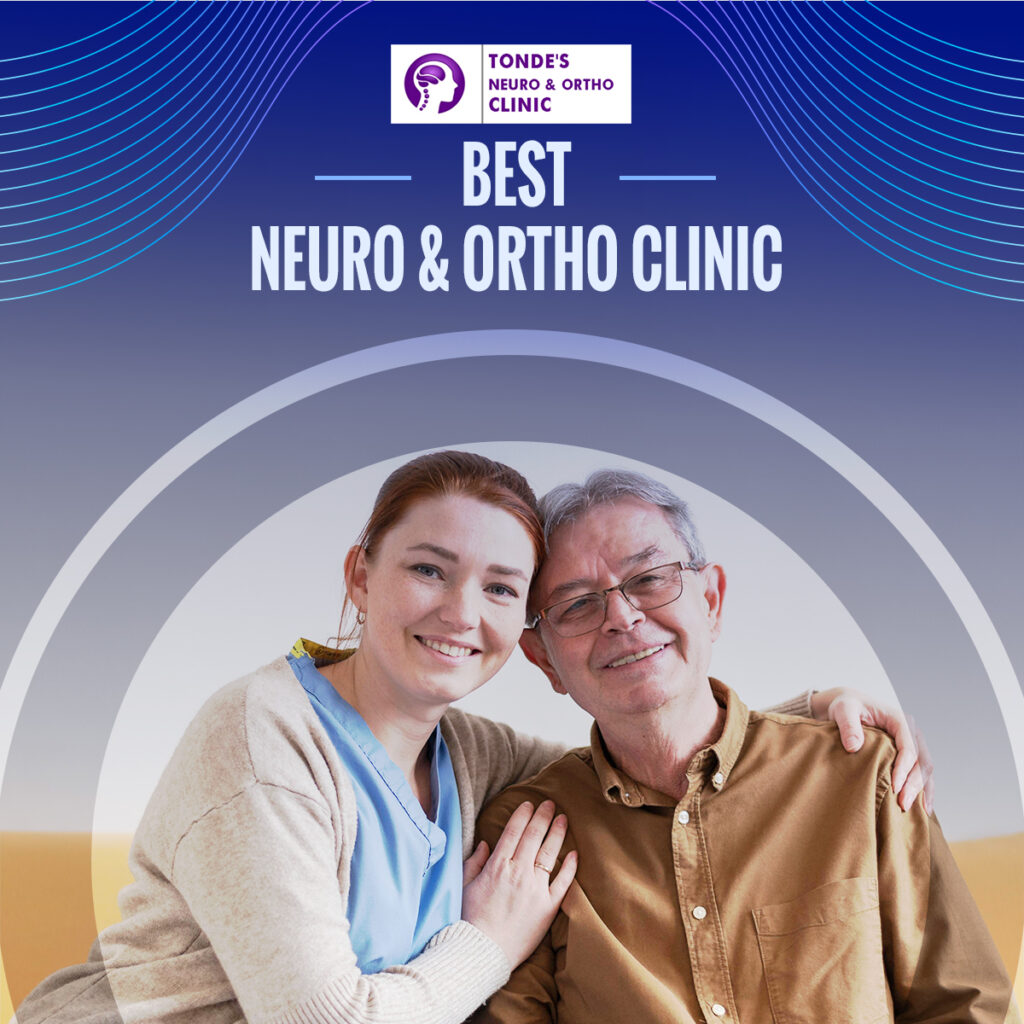Have Any Questions?
+91 77 9849 9977
Visit Us At
103, Shivom Regency, Baner Rd, Pune
+91 77 9849 9977
103, Shivom Regency, Baner Rd, Pune
A stroke occurs when a blood vessel in the brain ruptures and bleeds, or when there’s a blockage in the blood supply to the brain. The rupture or blockage prevents blood and oxygen from reaching the brain’s tissues. According to the Centers for Disease Control and Prevention (CDC)Trusted Source, stroke is a leading cause of death. Without oxygen, brain cells and tissue become damaged and begin to die within minutes. There are types of strokes,Transient ischemic attack (TIA) involves a blood clot that typically reverses on its own,Ischemic stroke involves a blockage caused by either a clot or plaque in the artery. The symptoms and complications of ischemic stroke can last longer than those of a TIA, or may become permanent.


The loss of blood flow to the brain damages tissues within the brain. Symptoms of a stroke show up in the body parts controlled by the damaged areas of the brain.
The sooner a person having a stroke gets care, the better their outcome is likely to be. For this reason, it’s helpful to know the signs of a stroke so you can act quickly. Stroke symptoms can include:
The cause of a stroke depends on the type of stroke. Strokes fall into three main categories:
These categories can be further broken down into other types of strokes, including:
The type of stroke you have affects your treatment and recovery process.
During an ischemic stroke, the arteries supplying blood to the brain narrow or become blocked. Blood clots or severely reduced blow flow to the brain causes these blockages. Pieces of plaque breaking off and blocking a blood vessel can also cause them.
There are two types of blockagesTrusted Source that can lead to ischemic stroke: a cerebral embolism and cerebral thrombosis.
A transient ischemic attack, often called a TIA or ministroke, occurs when blood flow to the brain is blocked temporarily.Symptoms are similar to those of a full stroke. However, they’re typically temporary and disappear after a few minutes or hours, when the blockage moves and blood flow is restored. A blood clot usually causes a TIA. While it’s not technically categorized as a full stroke, a TIA
A hemorrhagic stroke happens when an artery in the brain breaks open or leaks blood. The blood from that artery creates excess pressure in the skull and swells the brain, damaging brain cells and tissues.
Certain risk factors make you more susceptible to stroke. According to the National Heart, Lung, and Blood InstituteTrusted Source, risk factors for stroke include:
An unbalanced diet can increase the risk of stroke. This type of diet is high in:
Inactivity, or lack of exercise, can also raise the risk of stroke.
Regular exercise has a number of health benefits. The CDC recommends that adults get at least 2.5 hoursTrusted Source of aerobic exercise every week. This can mean simply a brisk walk a few times a week.
The risk of stroke also increases with heavy alcohol use.
If you drink, drink in moderation. This means no more than one drink a day for women, and no more than two drinks a day for men.
Heavy alcohol use can raise blood pressure levels. It can also raise triglyceride levels, which can cause atherosclerosis. This is plaque buildup in the arteries that narrows blood vessels.
Using tobacco in any form also raises the risk of stroke, since it can damage the blood vessels and heart. Nicotine also raises blood pressure.

Mail Your Resume At : drpriyankaneuro13@gmail.com